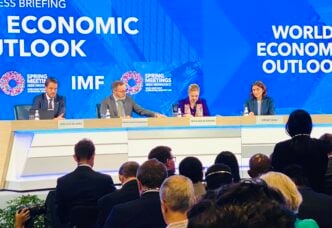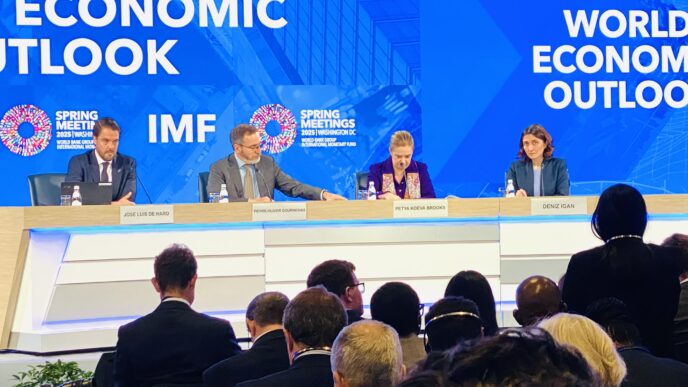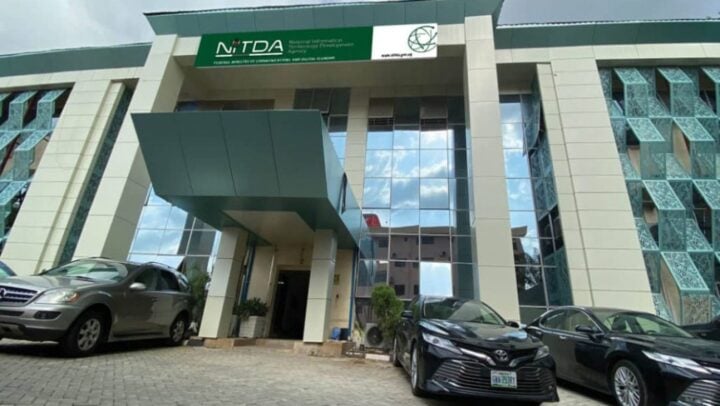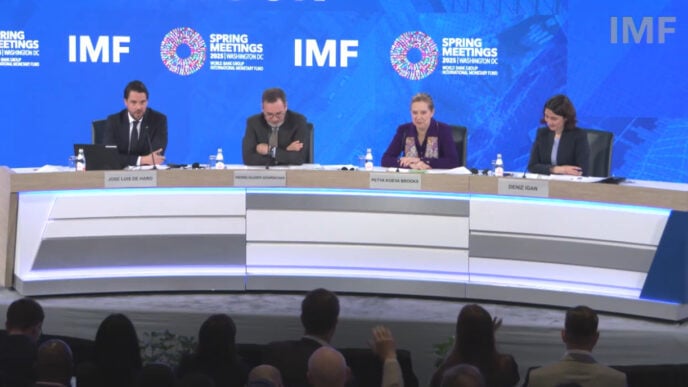The Manufacturers Association of Nigeria (MAN) says unsold goods in the manufacturing sector rose to N2.14 trillion in the second half (H2) of 2024.
In the association’s 2024 second-half economic review, Segun Ajayi-Kadir, director-general (DG) of MAN, said the unsold products rose by 87.5 percent.
Ajayi-Kadir attributed the significant increase in unsold inventory to weakened consumer demand, escalating production costs, and declining purchasing power.
The director-general noted that real manufacturing investment declined by 35.3 percent year-on-year to N658.81 billion, reflecting economic uncertainty and reduced expansion plans.
Advertisement
“However, H2 2024 witnessed a 19.4 per cent increase compared to H1 2024, as manufacturers cautiously resumed capital expenditures,” he said.
“The employment situation in Nigeria’s manufacturing sector remained relatively stable in 2024, with 34,769 jobs added, a 1.8 per cent increase from 34,163 jobs in 2023.
“However, the number of employees leaving manufacturing companies also increased from 17,364 in 2023 to 17,949 in 2024, indicating ongoing labour mobility due to economic uncertainties, skill migration, and company restructuring.”
Advertisement
‘UTILISATION OF MANUFACTURING SECTOR IMPROVED BY 57%’
Ajayi-Kadir reported a marginal improvement in manufacturing sector capacity utilisation, rising to 57 percent in 2024 from 55.1 percent in 2023, with a further 1.2 percent half-yearly increase in H2 2024.
According to the DG, the real manufacturing output increased by 1.7 percent year-on-year to N7.78 trillion.
He explained that the development is buoyed by increased activity in motor vehicles and miscellaneous assembly, non-metallic mineral products, and electrical and electronics.
However, Ajayi-Kadir noted a half-on-half decline of 3.1 percent in real production, reflecting rising costs and weak consumer demand.
Advertisement
“Nominal manufacturing output rose sharply by 34.9 per cent to N33.43 trillion, primarily due to inflationary pressures and rising domestic prices,” he said.
He said the manufacturing sector’s local raw material sourcing increased to 57.1 percent in 2024, up from 52 percent in 2023, driven by foreign exchange scarcity, high import costs, and government incentives promoting local content.
The director-general said improvements were observed in wood and wood products, textiles, apparel and footwear, and chemical and pharmaceuticals, but noted the electrical and electronics sector continued to lag due to dependency on imported components.
‘ELECTRICITY SUPPLY IMPROVED IN 2024’
Ajayi-Kadir said the electricity supply situation for industries improved in 2024, with the average daily supply increasing to 13.3 hours per day, up from 10.6 hours in 2023.
Advertisement
He added that on a half-on-half basis, electricity supply rose from 11.4 hours per day in H1 2024 to 15.2 hours in H2 2024.
The director-general said electricity tariffs surged by over 200 percent for Band A consumers, significantly increasing manufacturing costs.
Advertisement
“In response to unreliable grid power and increases in prices of diesel and fuel, manufacturers’ total expenditure on alternative energy sources surged to N1.11 trillion, a 42.3 per cent increase from N781.68 billion in 2023,” he said.
“On a half-on-half basis, manufacturers spent N404.80 billion in H1 2024, which increased by 75.0 per cent to N708.07 billion in H2 2024.”
Advertisement
Ajayi-Kadir further said the rising interest rates posed a major financial burden, with commercial bank lending rates to manufacturers surging to 35.5 percent in 2024 from 28.06 percent in 2023.
He also said the manufacturers’ finance costs totalled N1.3 trillion, constraining investment and expansion plans.
Advertisement
The DG added that the focus manufacturing indicators included capacity utilisation, production value, inventory, local raw materials utilisation levels, investment, and expenditure on alternative energy sources, among others.











